CIVICUS discusses recent protests that led to a change of government in Nepal with Dikpal Khatri Chhetri, co-founder of Youth in Federal Discourse (YFD). YFD is a youth-led organisation that advocates for democracy, civic engagement and young people’s empowerment.
 Dikpal Khatri Chhetri
Dikpal Khatri Chhetri
What triggered the protests?
When the government asked social media companies to register and they failed to comply, it blocked 26 platforms, including Discord, Facebook, Instagram, Reddit, Signal, WhatsApp, X/Twitter and YouTube. A similar situation happened in 2023, when TikTok was banned and later reinstated once the company registered.
The government said the goal was to create a legal point of contact for content moderation and ensure platforms complied with national regulations. For them, the ban was just a matter of enforcing rules. But people saw it differently, and for Gen Z this was an attempt to silence them. Young people don’t just use social media for entertainment; it’s also where they discuss politics, expose corruption and organise themselves. By banning these platforms, the government was cutting them off from one of the few spaces where they felt they could hold leaders accountable.
However, the ban was the final factor after years of frustration with corruption, lack of accountability and a political elite that seems out of touch with ordinary people. Young people see politicians’ children living in luxury while they struggle to get by. On TikTok, this anger became visible in the ‘NepoKids’ trend that exposed the privileges of political families and tied them directly to corruption.
That’s why the response was so strong and immediate. What began as anger over a restriction on freedom of expression grew into a nationwide call for transparency, accountability and an end to the culture of corruption. Protests became a way for young people who refuse to accept the status quo to show their voices can’t be silenced.
How did the government react to the protests?
Instead of dialogue, the government chose repression. Police used rubber bullets, teargas and water cannon to try to disperse crowds. In many places they also fired live ammunition. By the end of the first day, 19 people had been killed.
The use of live ammunition against unarmed protesters is a serious violation of human rights. Authorities claimed protesters had entered restricted zones around key government buildings, including Parliament House, and argued this justified their response. But evidence tells a different story: footage and post-mortem reports show many of the victims were shot in the head, indicating an intent to inflict severe harm rather than simply disperse crowds. Police also failed to fully use non-lethal methods before turning to live bullets.
Rather than containing the protests, this violence further fuelled public anger. Protests, now focused on corruption and the killings, continued even after the government lifted the social media ban. Many realised the government was both corrupt and willing to kill its own people to stay in power. In response, authorities imposed strict curfews in big cities.
The political fallout was immediate. Home Minister Ramesh Lekhak resigned the next day, taking responsibility for the bloodshed. Within a day, Prime Minister KP Sharma Oli also stepped down. An interim government led by former Chief Justice Sushila Karki took over, parliament was dissolved and a new election is scheduled to take place in the next six months.
What changes do protesters demand and what comes next?
We are demanding systemic change. Corruption has spread through every level of government and we are tired of politicians who have ruled for decades without improving our lives. While they grow richer, everyday people face unemployment, rising living costs and no real opportunities. We refuse to accept this any longer.
We want a government that works transparently and efficiently, free from bribery, favouritism and political interference. Leaders must understand that sovereignty belongs to the people and their duty is to serve citizens, not themselves.
We need more than just some small reforms. Nepal needs serious discussions about holding to the essence of its constitution, finding ways to amend it when dissatisfaction occurs instead of uprooting it entirely. Its implementation has to be strengthened to truly include diverse voices, reflect our history and be able to respond to future challenges. We are calling for new, younger and more competent leaders who can break the cycle of past failures.
The upcoming election will be a crucial test. Gen Z must turn out in numbers, articulate clear demands to the wider public and ensure the changes we strive for in the streets are carried into parliament.
GET IN TOUCH
Website
Facebook
LinkedIn
YouTube
SEE ALSO
Nepal: Anti-corruption protests force political change despite violent crackdown CIVICUS Monitor 23.Sep.2025
Nepal: ‘The Social Network Bill is part of a broader strategy to tighten control over digital communication’ CIVICUS Lens | Interview with Dikshya Khadgi 28.Feb.2025
Nepal: ‘The TikTok ban signals efforts to control the digital space in the name of national sovereignty’ CIVICUS Lens | Interview with Anisha 11.Dec.2023
© Inter Press Service (20251007064317) — All Rights Reserved. Original source: Inter Press Service

 1 month ago
19
1 month ago
19
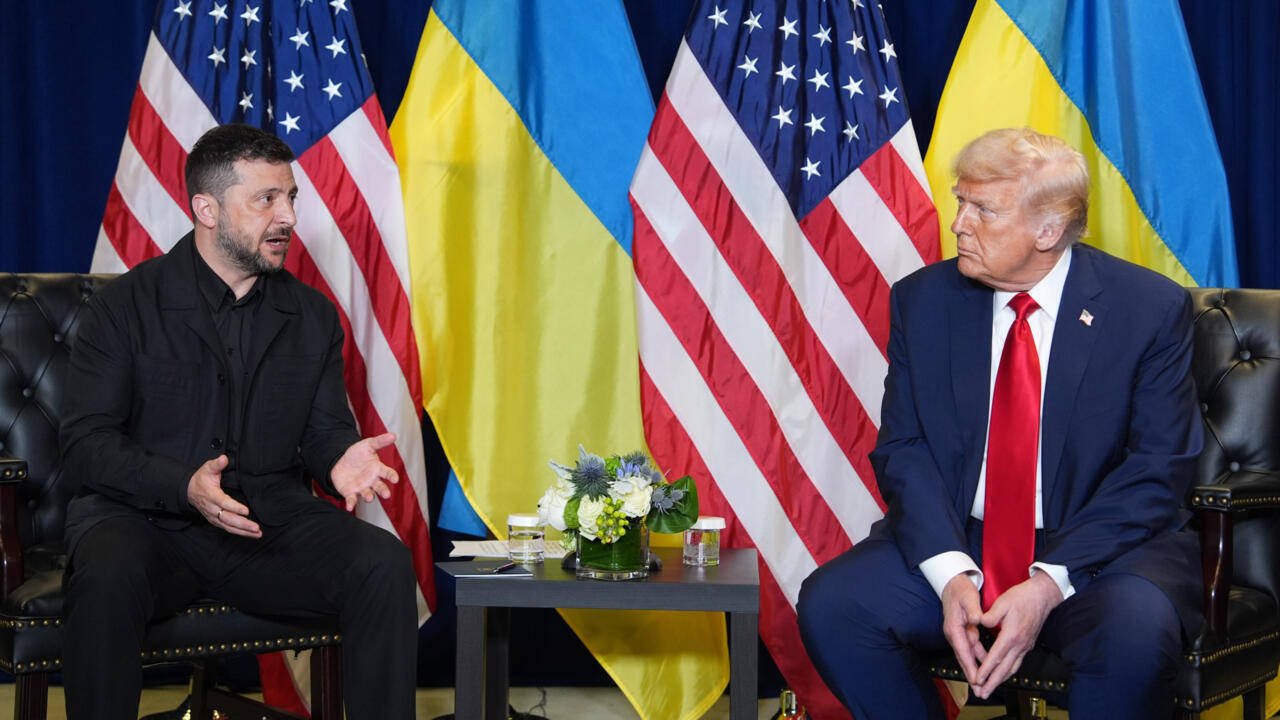

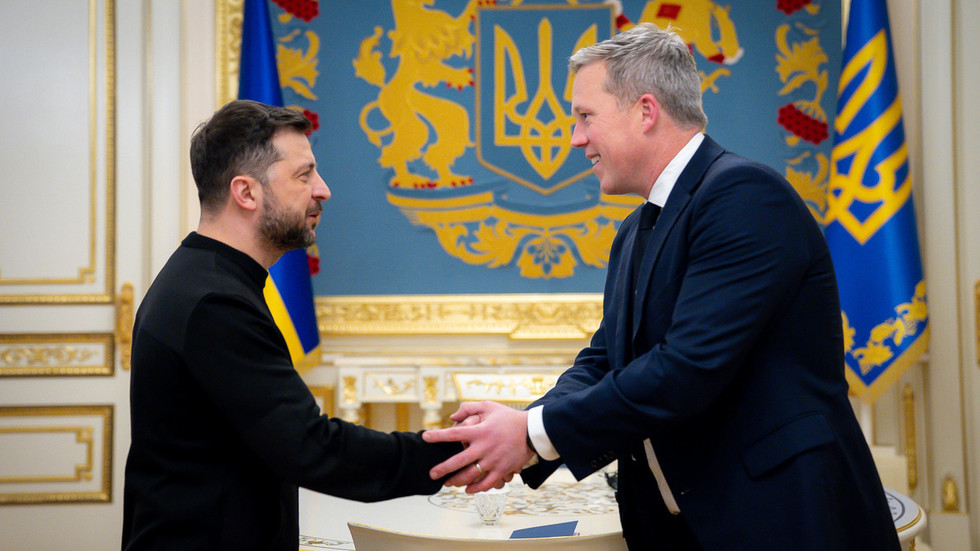

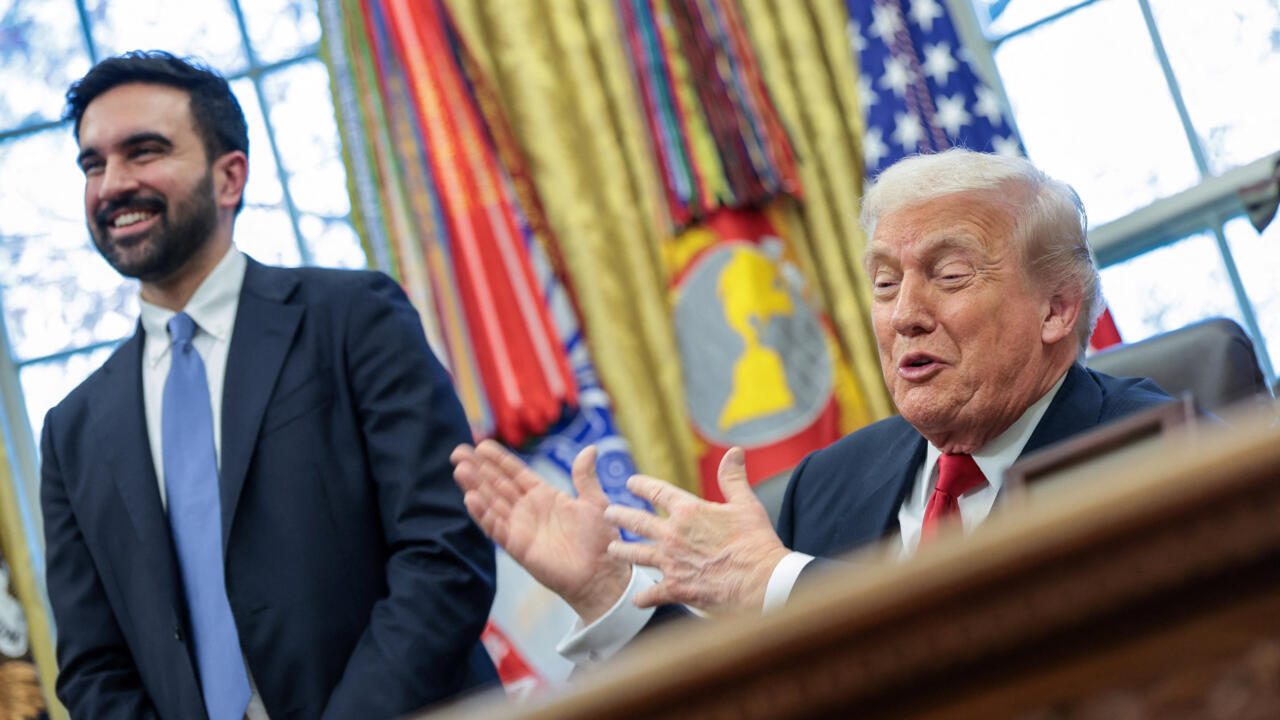
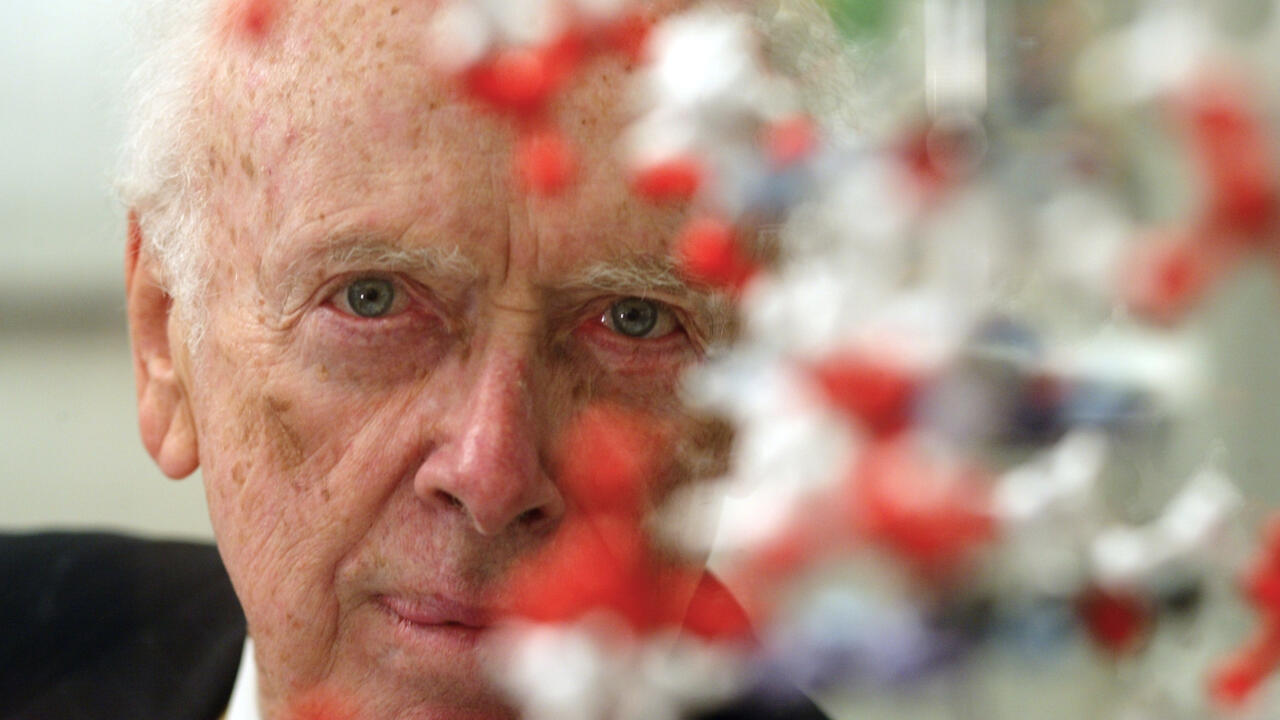

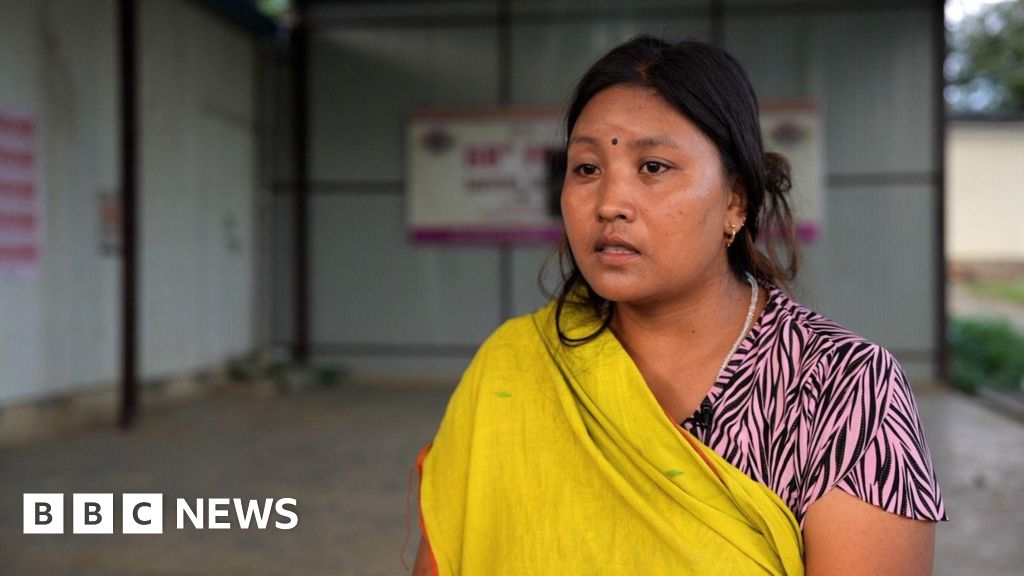


 English (US) ·
English (US) ·